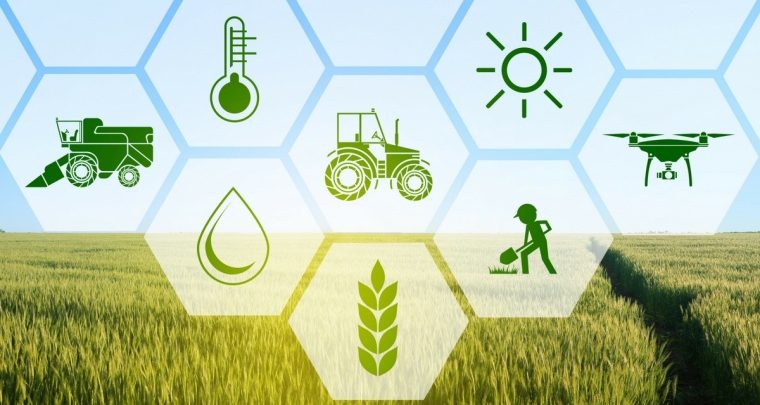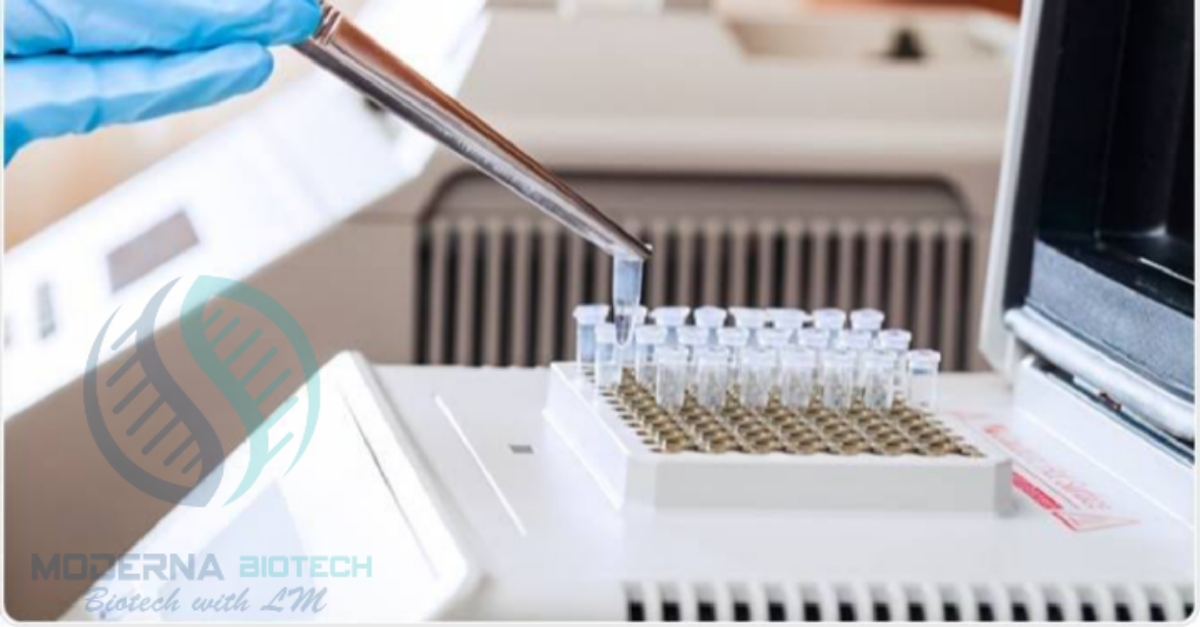Top 10 Agriculture Trends To Watch Out In 2024

When we look at the state of agriculture trends, there are many things that need to be considered that include soil health, use of aerial imaging, digital transformation, cover crops, and lots of other things. However, it is imperative to determine, there are many things that not consider as the buzzword in agriculture communities but have been discussed in several debates. And, the main motive behind this is to improve farm profitability and also contemplate the environment sustainingly. Here in this article, you will find the Top 10 Agriculture Trends To Watch Out In 2024.
Table of Contents
To ensure access to a sufficient supply of healthy and safe food, it is essential to consider the increasing population and also consider the impact of the environmental challenge. It is imperative to find out such facts that help to face this challenge easily. Thus, innovation in the agriculture industry is the main solution to this problem. The living standards of people and the changing perspectives towards nutrition and food consumption patterns become diverse and demanding.
So, securing sufficient supply is one side of agriculture, so agriculture needs to match up the growing demands by using sources more efficiently. Without further ado, start reading this blog!
Top 10 Agriculture Trends To Be Follow
As 2023 is passing, so this is the right time to look at the top leading agriculture trends of 2024. So, the main aspects of this theme are new technology and the changing condition of climate. However, the farmers are always striving to enhance the profits and preserve their lands.
Let’s watch for the following agriculture trends!
1. Increase in the use of aerial imaging
Increasing aerial imaging is one of the top 10 agriculture trends to follow. Many farmers need to turn to aerial imaging to efficiently manage the crops in 2024. Drone technology and satellite imaging will allow farmers to watch crop variations and problems that are difficult to find out from the ground. As per the researchers, farmers need to manage the crops more accurately, and they have a chance to increase profits.
2. Focus on water management
The weather condition is almost changing, and extreme weather events like drought and heavy rainfalls are increasing. In the USA, there are almost 16 weather events which mean there are $1 billion in damages. These damages not only affect the homes but also drastically destructs the crops and farmland.
To mitigate and lessen the damages of these events, farmers must have to focus on water management. It means the need for water management tools or technology to handle such kinds of events easily. To increase water efficiency, it is essential to reduce direct evaporation during irrigation, and it’s only possible by evading midday sparkling.
3. Implement regenerative agriculture
Regenerative agriculture defines as the farming and cropping practices that usually focus on the regenerating of topsoil, improvement of water retention, allow farmers to maintain the crop yields, and plant uptake. It helps to increase farm productivity and profitability as well. The main thing about regenerative agriculture is that it focuses on the vitality and health of farm soil. The researchers say that regenerative soil is the best solution for climate change mitigation. (top 10 agriculture trends)
4. Consider digital information sharing
It is essential for industry members and farmers to transition from in-person chats to digital meetings. This allows farmers to save their time and money and also buy products online. Not only this, it allows farmers to communicate with the crop advisors, equipment providers, and other professionals to manage the work easily. Farmers have the opportunity to share the data, sign with paperwork, and receive pieces of advice in digital forms.
5. Use of modern technology
The use of modern technology is important if farmers want to increase the productivity of crops and increase profits. You can use machines, such as thresher, cotton, rice mill machine, diggers, bale movers, backhoe, gleaner, harvester, and many other tools. The use of machinery helps to improve the efficiency of framers, and it results in high profitability.
6. Contemplate soil health
To produce more crops, maintaining the sustainability of soil is potential. So, it is imperative for farmers to understand that the importance of productive soil. Simply, productive soil means fruitful farms and useful tools to improve soil fertility. However, healthy soil protects the planet from climate. Further, it is the way to save land for future generations.
7. Indoor vertical farming
Many companies now focus on indoor farming for the production of lettuce and tomatoes. However, many farmers need to initiate vertical farming to use sensors for the production of vegetables in small areas that are close to urban areas. Indoor vertical farming has a higher yield potential to grow crops year-round.
8. Exact yield predictions
New technologies allow farmers to predict the yields before harvesting the crops accurately. When the farmers analyze the exact yields, then they are able to find the buyers for all of their harvested crops, and it helps to eliminate the food waste to increase profits. So, yield monitoring technology helps the farmers to focus on the harvesting process easily.
9. Data integration
When you have information about farming input cost, weather conditions, and soil type, then integrating this data is essential to improve your farming method. Using data management software will help farmers in making decisions. This data may help the farmers in making real-time decisions and adjustments. For example, farmers have to make a decision to check the availability of moisture in the soil to make perfect planting.
10. Field mapping
The field mapping allows farmers to look at the latest growth, and it helps the farmers to watch out for the perfect, or you can say exact planting, spraying, and harvesting. It helps the farmers to timely collect the geospatial information related to plant and soil requirements. When you get data after field mapping, it also helps to visualize the crops and variability. It also helps in the understanding of chemicals that are effective for your field. With this, you can even have a chance to manage the water & irrigation system.

Why Agriculture is important?
Agriculture is vital for numerous reasons, and its importance extends far beyond just growing crops. Here are some key reasons why agriculture trends are crucial:
- Food Production: Agriculture is the primary source of food for the world’s population. It provides us with essential staples like grains, vegetables, fruits, and proteins from livestock. Without agriculture, feeding the global population would be impossible.
- Economic Stability: Agriculture trends are significant contributor to the economy of many countries. It creates jobs, supports livelihoods, and generates income for millions of people involved in farming, agribusiness, and related industries.
- Raw Materials: Agriculture supplies raw materials for various industries. Crops like cotton and flax provide fibers for textiles, while timber from trees is used in construction and paper production. Medicinal plants are also sourced from agriculture.
- Biodiversity: Agriculture trends sustains biodiversity by preserving traditional crop varieties and promoting the conservation of natural habitats. Efforts like seed banks help protect plant diversity, which is crucial for future food security.
- Environmental Stewardship: Sustainable farming practices are essential for maintaining the health of our planet. Agriculture can be both a source of environmental problems (e.g., deforestation and water pollution) and solutions (e.g., carbon sequestration and biodiversity conservation).
- Rural Development: Agriculture trends often forms the backbone of rural communities. It can stimulate rural development, providing infrastructure, schools, and healthcare facilities. Thriving rural areas contribute to overall national development.
- Innovation and Technology: Agriculture trends drives innovation in areas like genetics, machinery, and biotechnology. Advances in farming technology increase productivity, reduce resource use, and improve food quality.
- Trade and Global Exchange: Agriculture trends fosters international trade, enabling countries to exchange products and access a variety of foods. It supports globalization and international relations.
- Food Security: Reliable agriculture systems are critical for food security. By diversifying crops and implementing sustainable practices, countries can better withstand food shortages and crises.
- Cultural Heritage: Agriculture is deeply ingrained in the culture and traditions of many societies. It contributes to a nation’s identity and heritage through farming practices, festivals, and cuisine.
- Renewable Resources: Unlike finite resources like fossil fuels, agriculture provides a renewable source of food, fibers, and biofuels. Sustainable agriculture ensures these resources are available for future generations.
- Human Health: Healthy agriculture trends & practices, such as organic farming, can lead to more nutritious and safe food. Additionally, green spaces in agricultural areas promote physical and mental well-being.
In summary, agriculture plays a multifaceted role in our world. It sustains life by providing food, supports economies, conserves the environment, and contributes to cultural and societal well-being. Recognizing its importance is essential for ensuring a sustainable and prosperous future for all.




Has anyone shopped at Bad Juice E-Liquids? 😉
Has anybody ever shopped at Cincy Vapors Vape Shop located in 39 East Main Street?